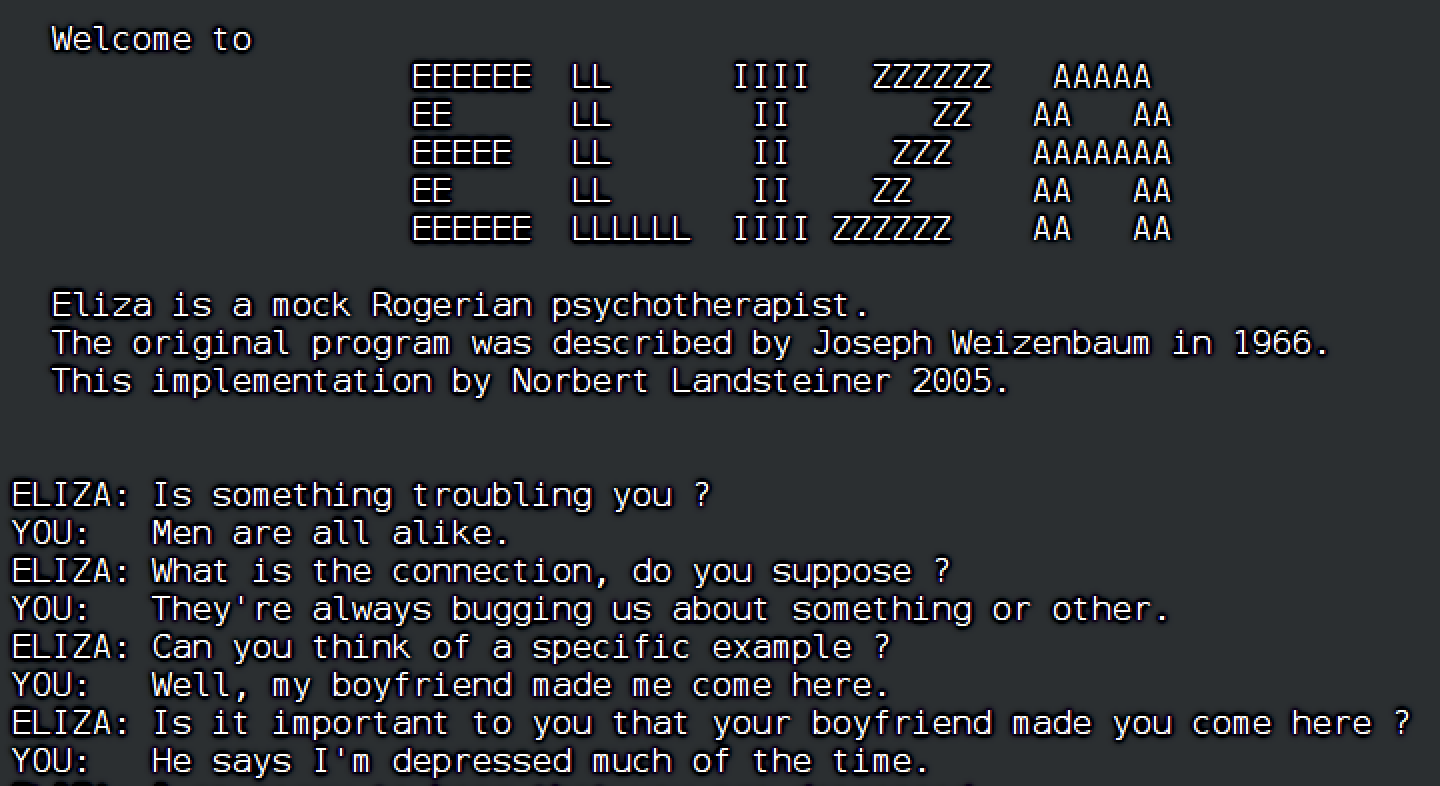Dziga Vertov is best known for his dazzling city symphony A Man with a Movie Camera, which was ranked by Sight and Sound magazine as the 8th best movie ever made. Yet what you might not know is that Vertov also made the Soviet Union’s first ever animated movie, Soviet Toys.
Consisting largely of simple line drawings, the film might lack the verve and visual sophistication that marked A Man with a Movie Camera, but Vertov still displays his knack for making striking, pungent images. Yet those who don’t have an intimate knowledge of Soviet policy of the 1920s might find the movie — which is laden with Marxist allegories — really odd.
Soviet Toys came out in 1924, during Lenin’s New Economic Policy (NEP), which gave some market incentives to small farmers. Not surprisingly, the farmers started producing a lot more food than before, and soon a whole new class of middleman traders formed — the reviled “NEPmen.”
The movie opens with a NEPman — a bloated caricature of a Capitalist (who coincidentally looks vaguely like Nikita Khrushchev) — devouring a massive heap of food. He’s so stuffed that he spends much of the rest of the movie sprawled out on the floor, much in the same way one might imagine Jamie Dimon after Thanksgiving dinner. Then he belches riches at a woman who is can-canning on his distended belly. I said this film is odd.
Later, as a couple of squabbling Russian Orthodox priests look on, a worker tries to extract money from the NEPman by cutting his gut with a huge pair of scissors. When that fails, the worker and a passing peasant fuse bodies to create a two-headed being that stomps on the Capitalist’s belly, which pops open like a piñata filled with cash. Then members of the Red Army pile together and form a sort of human pyramid before turning into a giant tree. They hang the Capitalist along with the priests. The end.
Some of the references in this movie are clear: The worker’s use of scissors points to the “Scissors Crisis” – an attempt by the Central Government to correct the price imbalance between agriculture and industrial goods. And the physical melding of the peasantry and the proletariat is a representation of the never quite realized dream of the Bolsheviks. Other images are as obscure as they are weird — the leering close ups of the Capitalist, the NEPman’s girlfriend who disappears into his stomach, the revolutionary filmmaker who has the eyes of a camera lens and the mouth of a camera shutter. They feel like something out of a Marxist fever dream.
Soviet Toys can be found in the Animation section of our collection of Free Movies Online.
Note: An earlier version of this post appeared on our site in 2014.
Related Content:
Watch Dziga Vertov’s A Man with a Movie Camera, Named the 8th Best Film Ever Made
A Soviet Animation of Stephen King’s Short Story “Battleground” (1986)
Jonathan Crow is a Los Angeles-based writer and filmmaker whose work has appeared in Yahoo!, The Hollywood Reporter, and other publications. You can follow him at @jonccrow.










